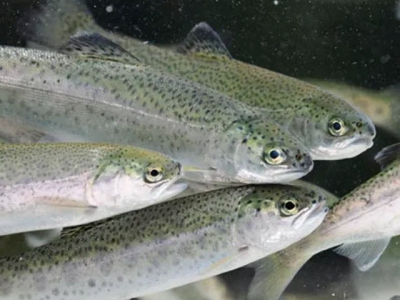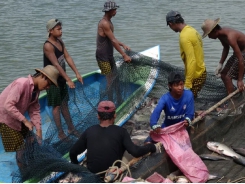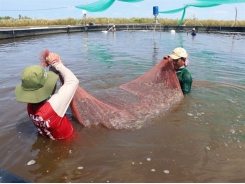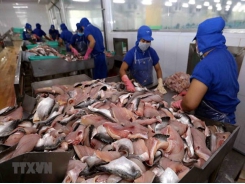Thin skin linked to smolt mortalities

Ensuring the improved performance of barrier tissues - such as skin - in smolts at the time of seawater transfer could improve fish health and save the aquaculture industry millions, according to new research.
The skin of salmon smolts becomes thinner and weaker in the period after transfer to sea
It’s estimated that 10-20 percent of all farmed salmon in Norway die between the time they are transferred to marine net pens and slaughter, of which a significant proportion are lost in the post-smolt phase – the months straight after transfer.
One reason for this is that salmon’s barrier functions are reduced in the period after transfer to the sea and take a long time to recover.
“The first period in the sea is a vulnerable phase, as the fish’s defence systems are weaker in the first three months. During this period, the fish are especially prone to injuries and infectious diseases. It is therefore important to understand why and how salmon’s barrier functions change and what the industry can do to adapt,” says Nofima scientist Christian Karlsen.
Together with his colleague Elisabeth Ytteborg, and other scientists in the CtrlAQUA project, he has studied how factors such as stress, temperature and treatment during transfer to the sea affect the fish’s external barriers.
“The results of the research show that the skin becomes thinner and weaker in the period after transfer, but as the fish adapts to the new environment, the skin stabilizes again,” says Ytteborg.
It is too early to conclude whether it is a single factor or combinations of environmental changes that cause the weakening of salmon’s external barriers.
“By increasing knowledge about the sensitive period in the sea, we will be able to suggest how the fish can be protected and handled more gently. Safer transfer of fish will ensure better fish health and fish welfare and will help reduce post-smolt mortality,” says Karlsen.
Once the research results are ready, the scientists can start developing new handling methods in collaboration with industrial partners and the salmon industry.
Related news
Tools

Phối trộn thức ăn chăn nuôi

Pha dung dịch thủy canh

Định mức cho tôm ăn

Phối trộn phân bón NPK

Xác định tỷ lệ tôm sống

Chuyển đổi đơn vị phân bón

Xác định công suất sục khí

Chuyển đổi đơn vị tôm

Tính diện tích nhà kính

Tính thể tích ao




 EU refuses 17 batches of Vietnamese seafood, almond…
EU refuses 17 batches of Vietnamese seafood, almond…  Vietnam’s tra fish exports to ASEAN up 18…
Vietnam’s tra fish exports to ASEAN up 18…